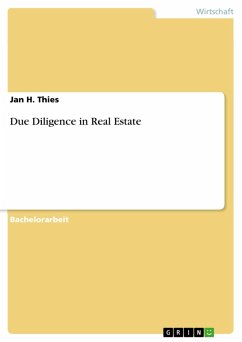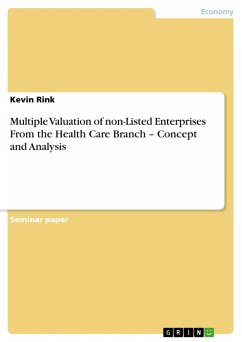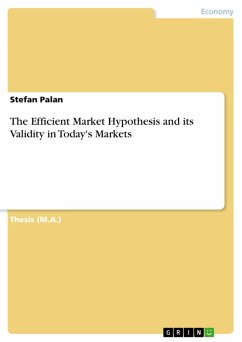Diploma Thesis from the year 2006 in the subject Business economics - Investment and Finance, grade: 1,0, Heilbronn University of Applied Sciences, language: English, abstract: Real estate is one of the most important assets. This is expressed in Germany’s national accounts where net construction assets are 86% of total net fixed assets.1In addition the usage of real estate belongs to the basic needs of people. Consequently the disposition of real estate regarding construction and acquisition contributes strongly to economical development of net stock of fixed assets within a national economy. However, in the valuation of property particular difficulties appear that complicate rational capital disposition. Basically, property valuation methods are difficult to apply or even fail in respect of rental income forecasts, assessment of risk and market orientation. Other influential factors originate from the heterogeneous character of properties and the complex structure of real estate markets. This work aims for the examination of codified and international property valuation methods in terms of their theoretical structure, practical application and critical aspects that influence a precise property valuation. In the following, principles regarding property valuation are introduced. This is followed by a detailed description of codified and international valuation methods. Subsequently all methods are applied on a real world valuation example that illustrates the methods and their applicability. Afterwards some decisive valuation methods are critically reviewed regarding their methodology, applicability and marketability. In summary the reader is given a classification in form of a matrix that is based on the aforementioned criteria. Further, some favourable components are identified that are complemented with recommendations for the use in practice.








